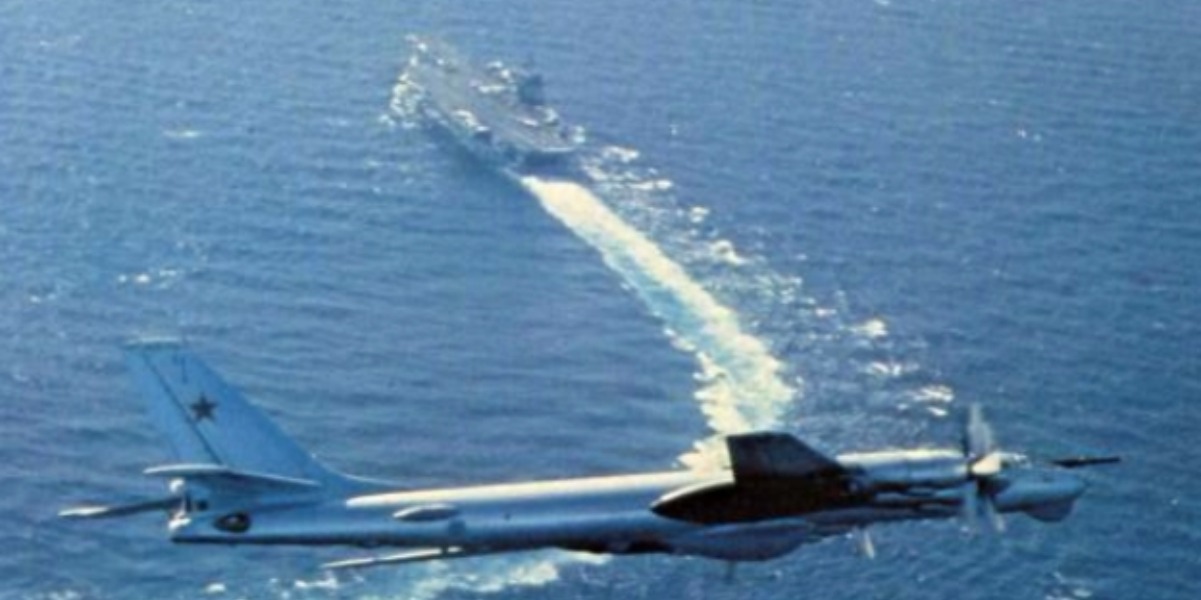Fighter pilots do not chat with each other in the way you see in Top Gun
Fighter pilots absolutely do not chat with each other in the way you see in the Top Gun movies: they know that anyone on the assigned frequency can hear what you say, unless you use encryption or other methods to conceal your communication.
Radio broadcasts can be intercepted and triangulated to reveal a position even if they are encrypted.
No communications or radio broadcasts unless absolutely necessary
‘So,’ as former US Navy A-7E Corsair II pilot David Tussey says on Quora, ‘the rule of thumb is “no communications or radio broadcasts unless absolutely necessary as it can reveal your presence and possibly your location to the enemy.”
‘I’ve flown many sorties off the Carrier where not a word was spoken on the radio. We used standardized procedures, hand signals, and “in the blind” steering commands broadcast by the E-2 Hawkeye or AWACS. It was known as a “zip lip” operation, and that was the default.
‘The only time I’ve known of any chatting is perhaps on a cross-country flight in civilian airspace with 2 or more aircraft. There is some small talk on the squadron specific freq, but even that is kept to a minimum, such as “Dash 2, what’s your fuel state?” …”4.5″.’
Aircraft carrier expecting Soviet Tu-95 Bears
He recalls;
‘Here’s a sea story: One tour I was the Asst CIC Officer onboard USS Forrestal. I was standing watch as the Tactical Action Officer (TAO), basically the guy who “fights the ship”, launches alert aircraft, etc. We were in the North Arabian Sea. It was just after dawn.
‘That day we were expecting Soviet Bears to overfly us. We knew that two Bears had forward staged to Tashkent, Uzbekistan the day before. But we didn’t know if the Bears would launch to overfly us or not. The policy was to always escort the Bears when they approached the battle group.
The aircraft carrier detects Soviet Tu-95 Bear bombers radio transmission

‘It was a non-flying day, but aircraft were on alert. I was on watch. We detected an EW transmission in the frequency band we’ve seen Soviet Bears to use before. We could only tell that it was in the vicinity of the expected route from Tashkent to the carrier, not the exact position; probably hundreds of miles away. But that was enough to make the call – “Launch the alert aircraft”, and I had just sent the ship into ongoing flight operations on what was supposed to be a non-flying day.
‘Of course. the Captain and Admiral onboard called me on the phone. My immediate boss, the ship’s Operations Officer, felt my actions were a bit premature.
Sloppy radio usage
‘About 20 minutes after launch, the E-2 flying on the vector to the suspected radio transmission detected a pair of Tu-95 Bear aircraft inbound. The F-4s intercepted them at 250 miles from the battle group and they were escorted for the next couple of hours as they overflew our position. Success.’
Tussey concludes;
‘Moral of the story: The Soviet Bears were sloppy in their radio usage. Don’t use your radio unless absolutely necessary; it is likely to reveal your presence and position (and if the US can do this kind of EW intercept, I suspect the bad guys can too).’
Photo by U.S. Navy

